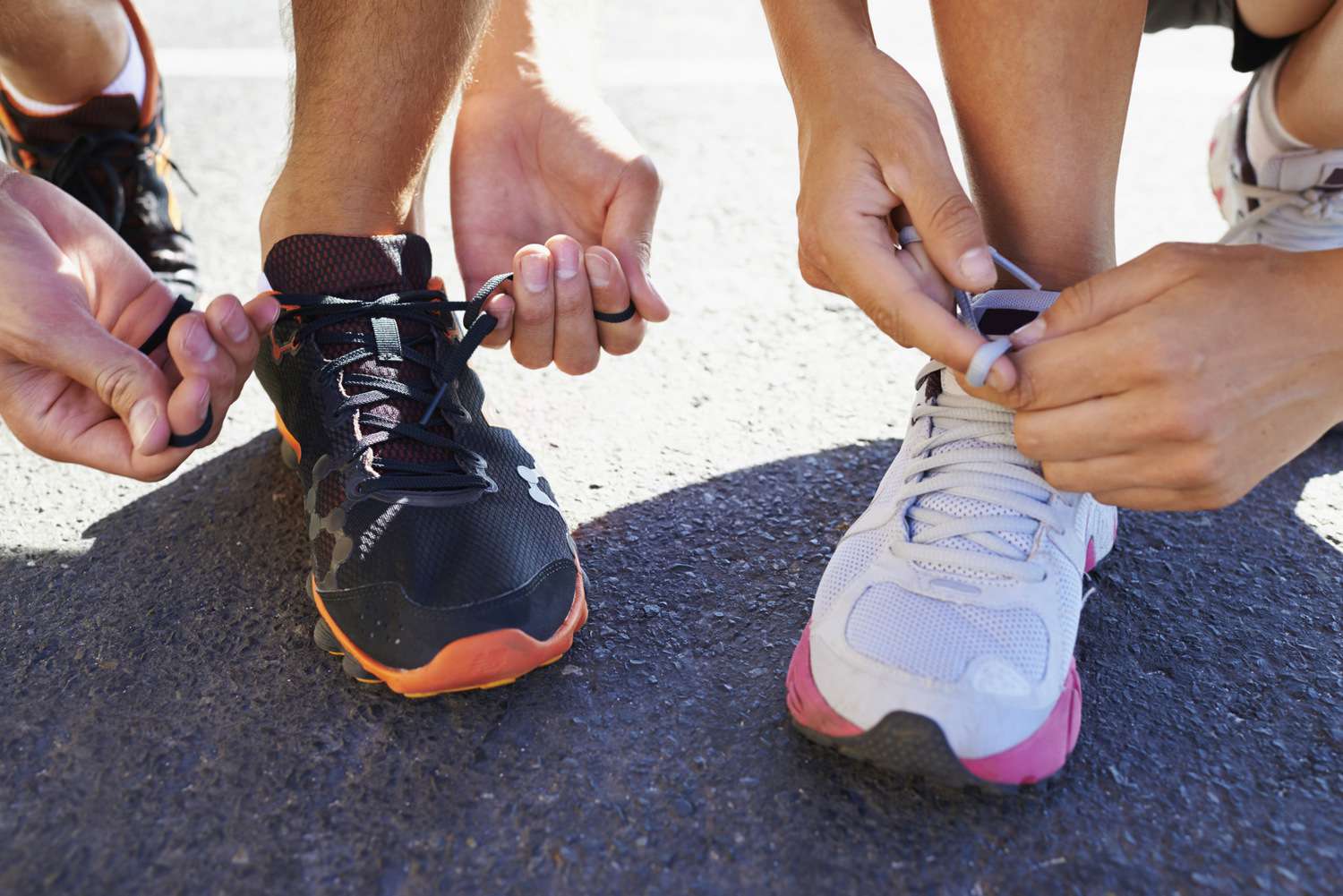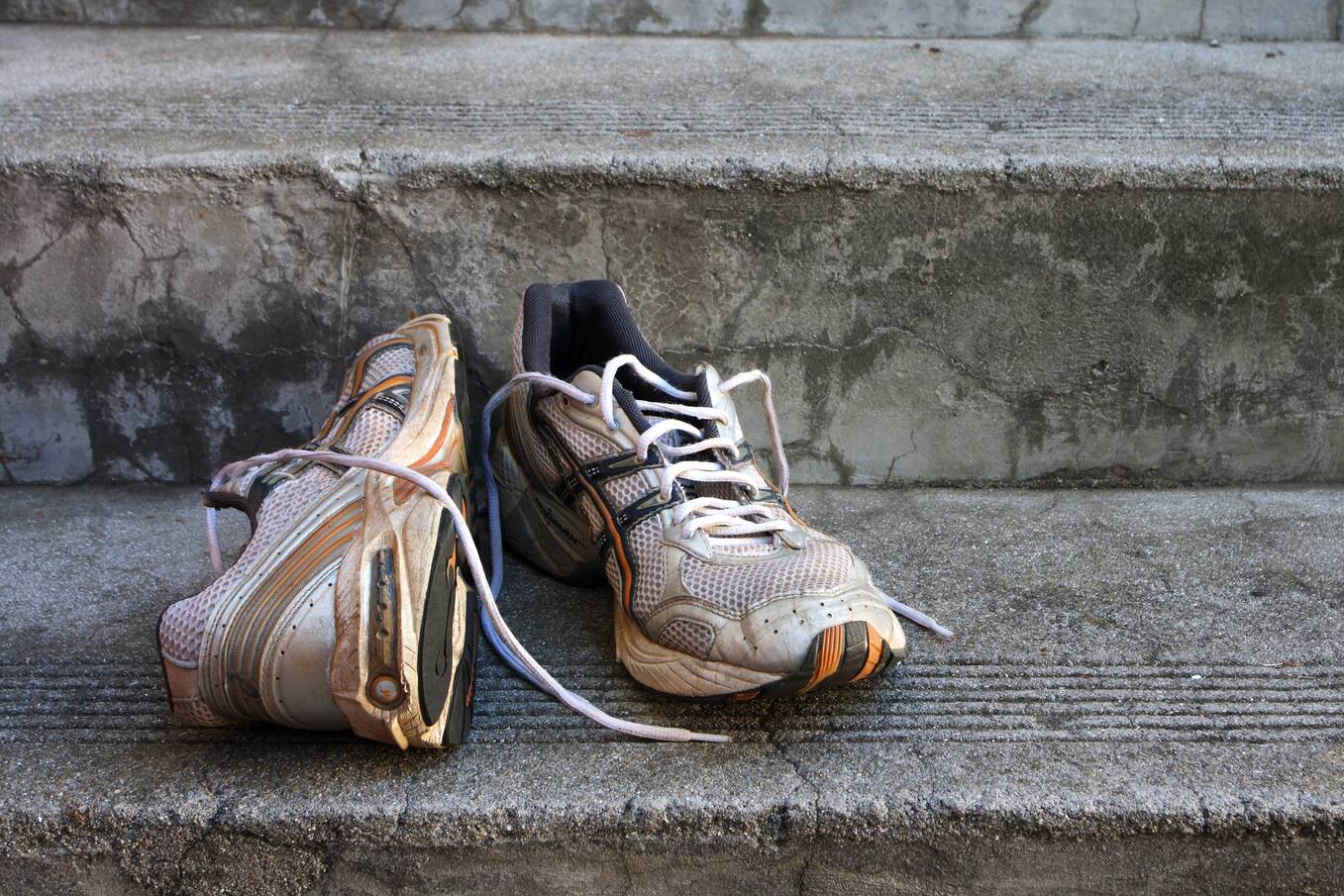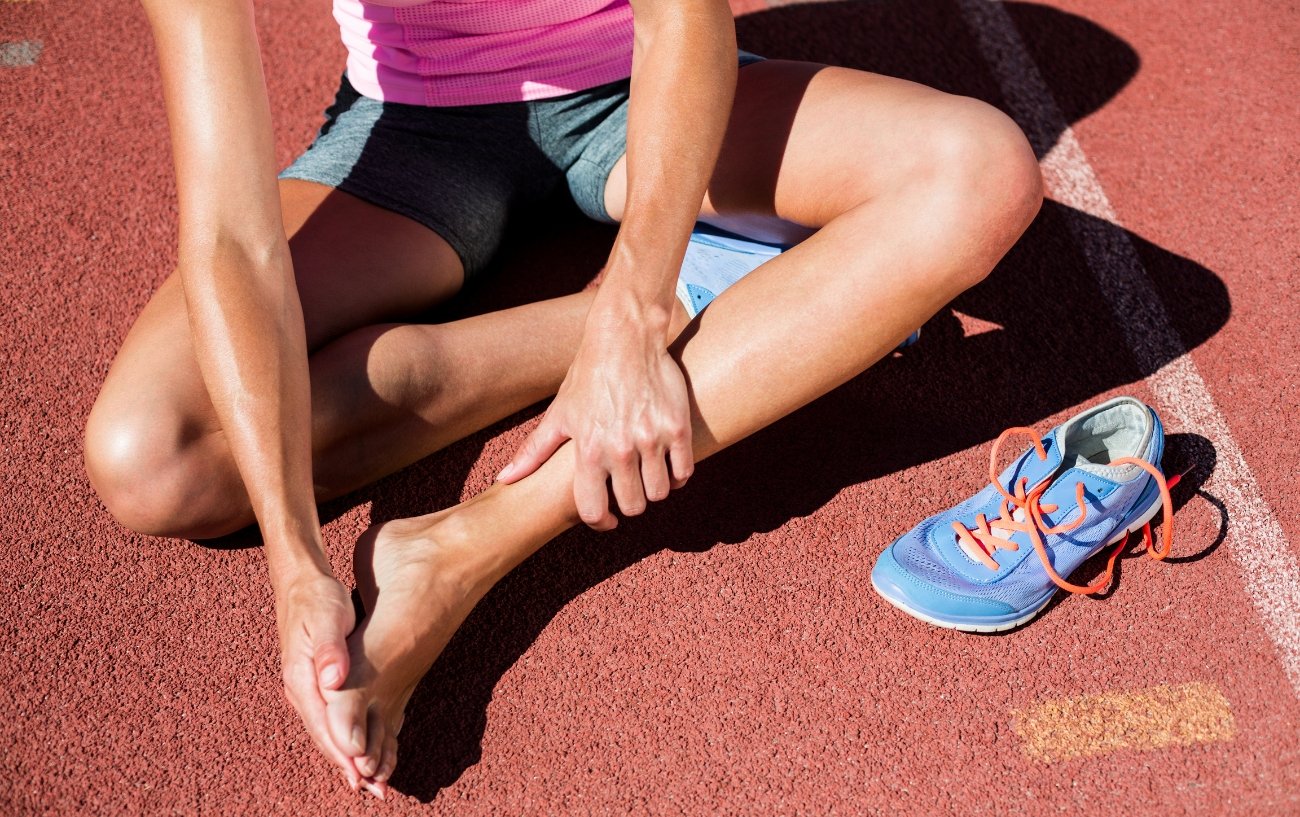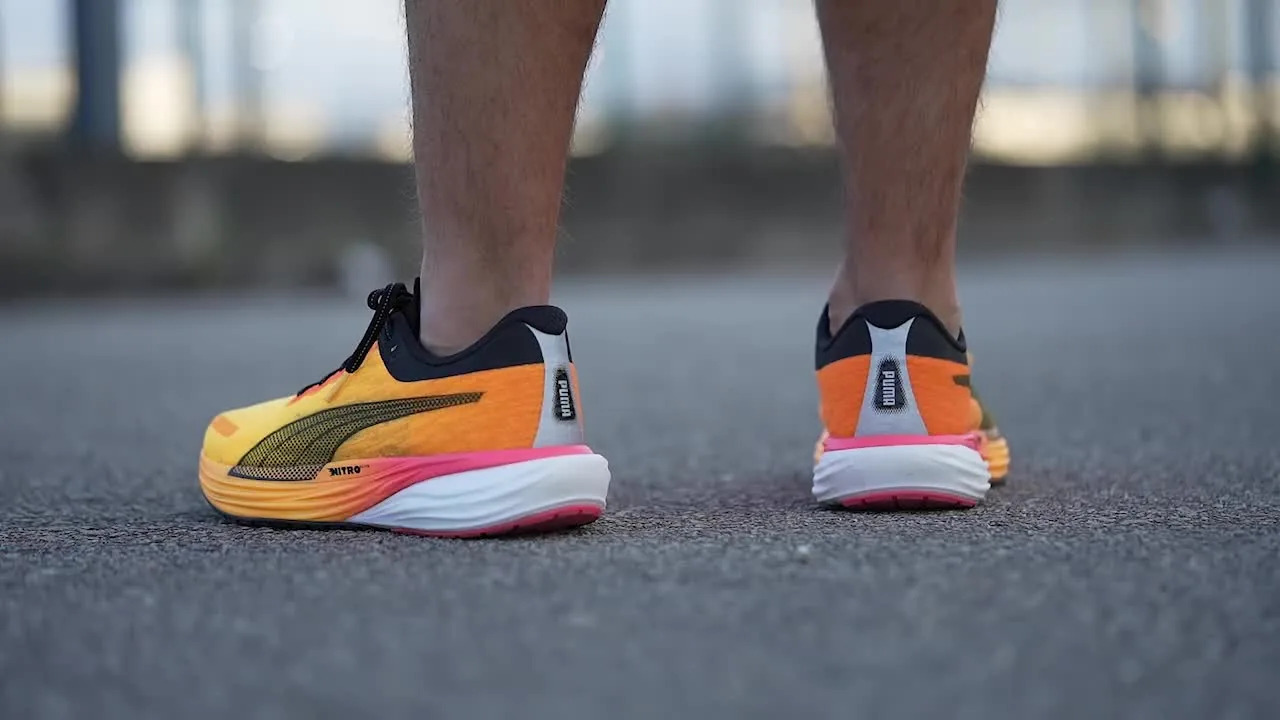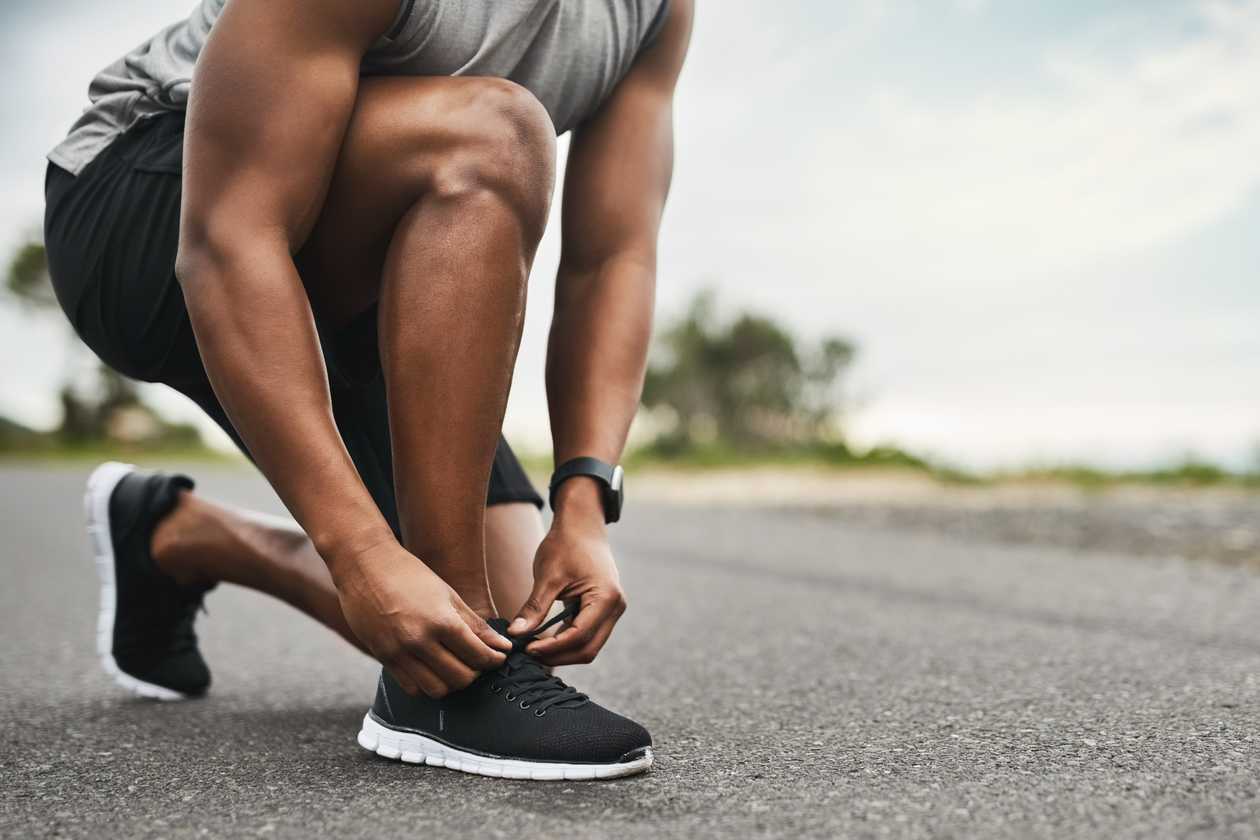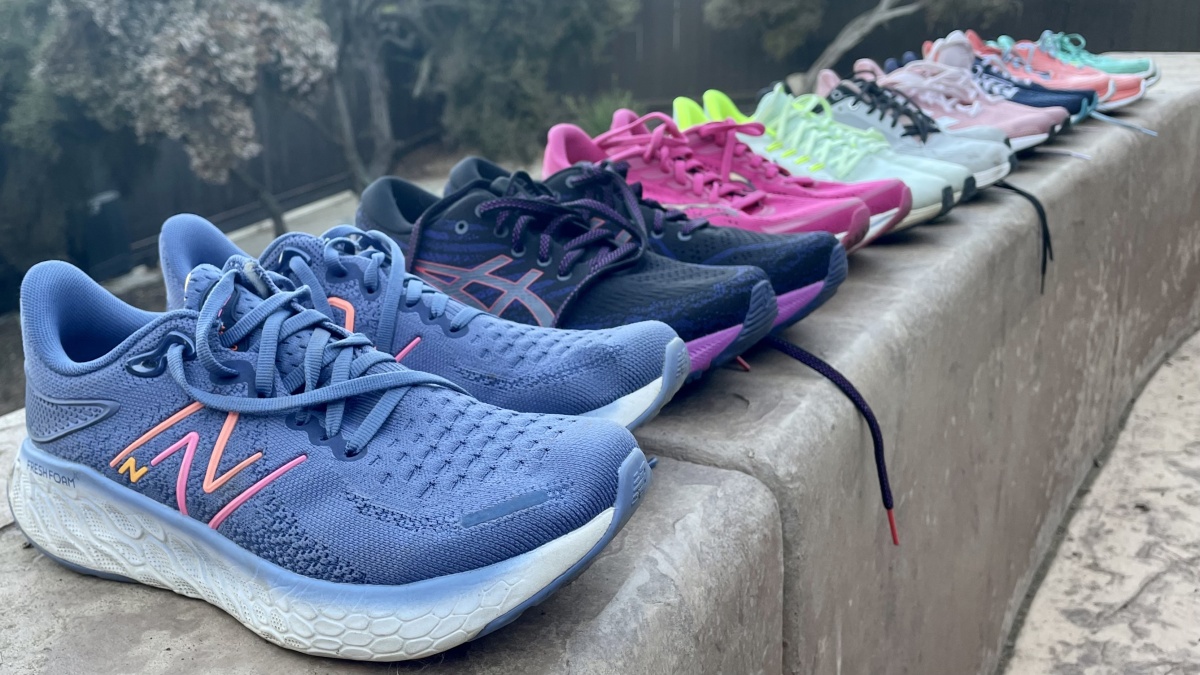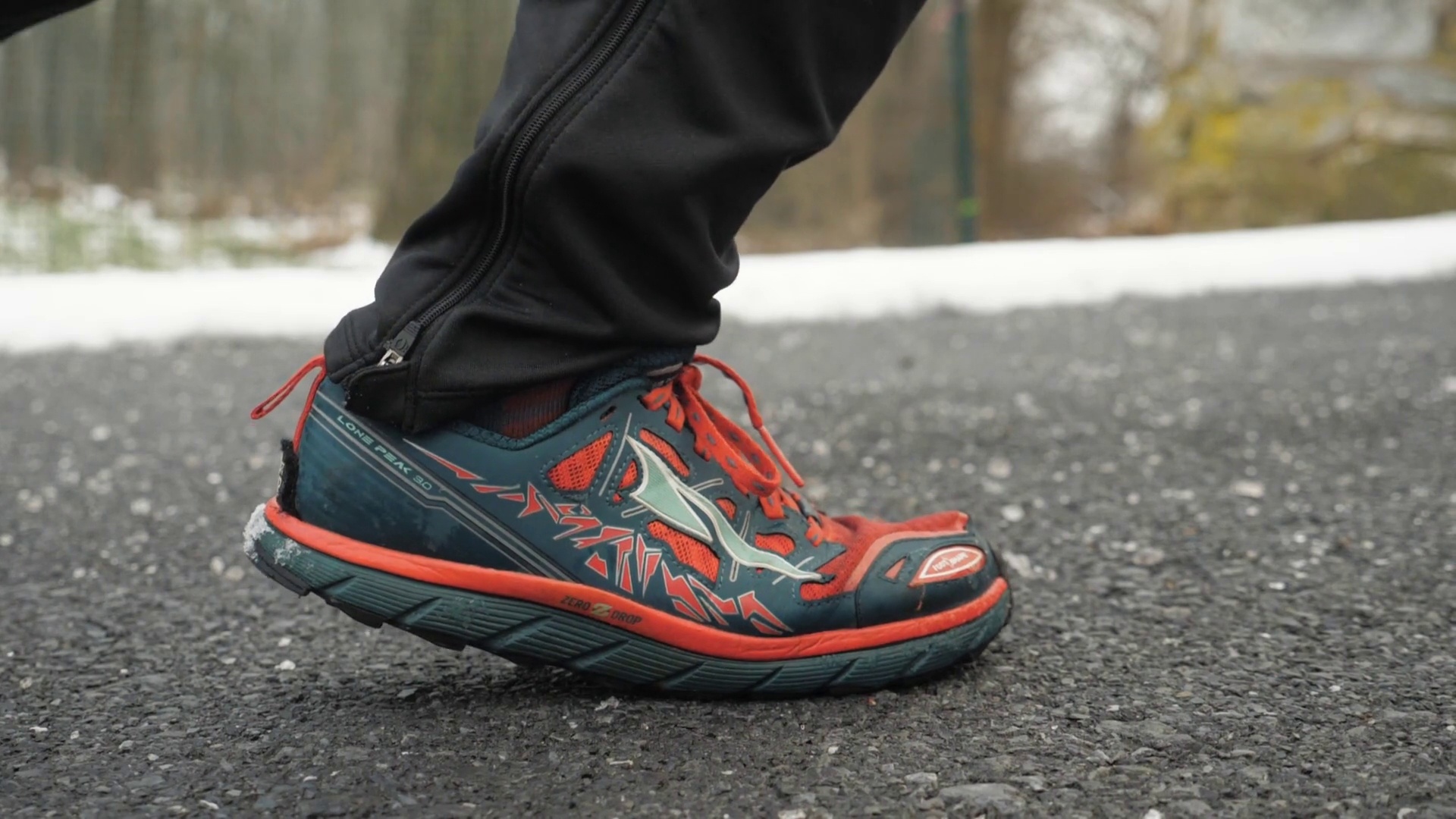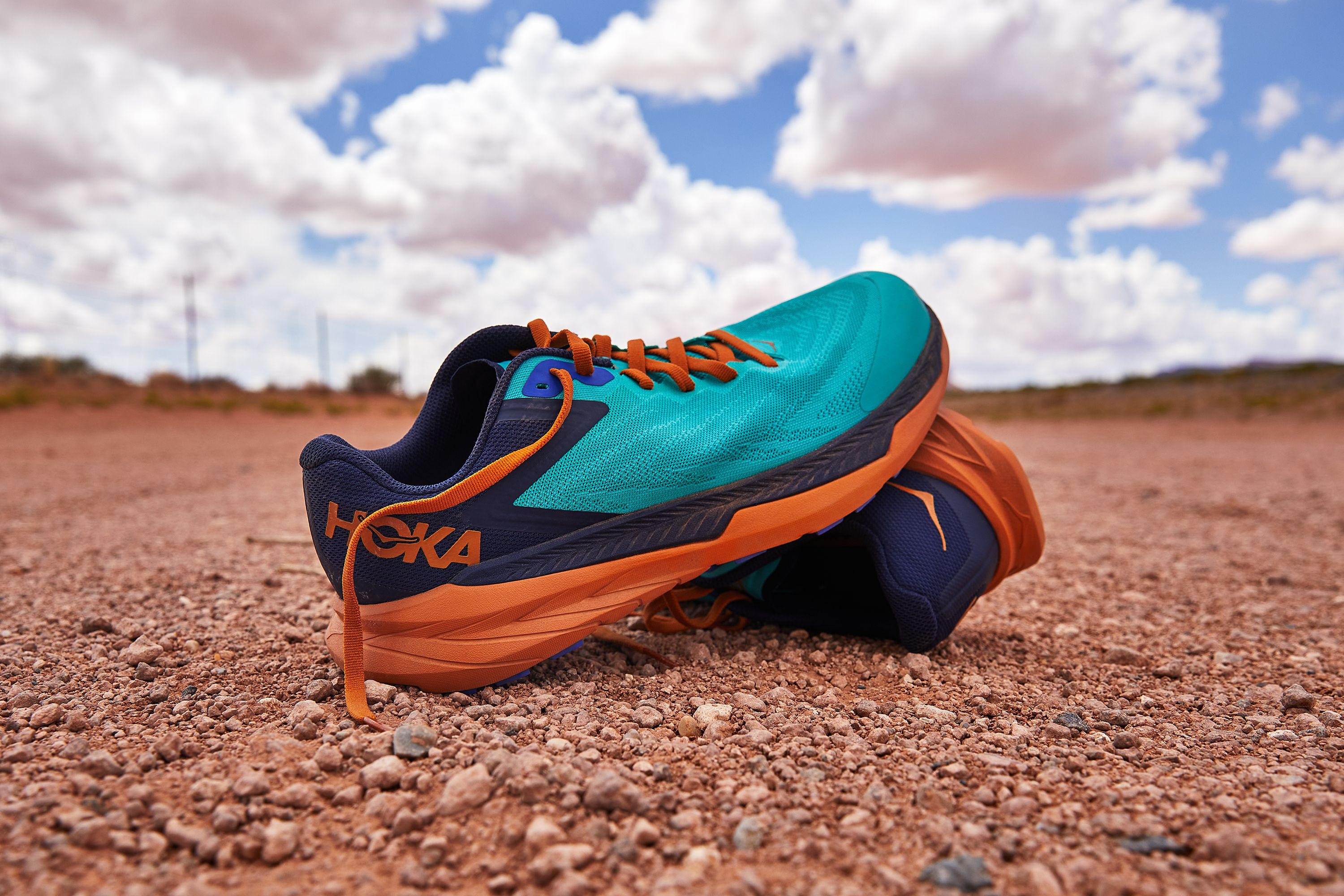

Featured
What Are The Lightest Running Shoes
Modified: January 22, 2024
Looking for the lightest running shoes? Discover our top featured picks for lightweight footwear designed to enhance your running experience.
Introduction
Running is a popular form of exercise and a great way to stay fit. Whether you’re a seasoned runner or just starting out, finding the right pair of running shoes is essential for optimal performance and comfort. In recent years, there has been a growing trend towards lightweight running shoes.
Lightweight running shoes are designed to provide runners with a more natural and responsive running experience. These shoes are typically lighter in weight compared to traditional running shoes, making them ideal for runners who prefer a minimalist style of running.
When it comes to choosing the lightest running shoes, there are several factors to consider. It’s important to find a shoe that offers the right balance of support, cushioning, and flexibility. Additionally, factors like the runner’s foot type, running style, and the type of terrain they usually run on should also be taken into account.
In this article, we will explore the factors to consider when choosing the lightest running shoes, compare some of the top models available in the market, discuss the benefits and potential drawbacks of using lightweight running shoes, and provide tips for selecting the right pair for your needs.
So, if you’re ready to take your running to the next level and experience the freedom and agility that lightweight running shoes offer, read on to learn more!
Factors to Consider When Choosing Lightest Running Shoes
When selecting the lightest running shoes, it’s important to keep in mind certain factors that will contribute to your overall comfort, performance, and injury prevention. Here are some key factors to consider:
- Foot Type: Understanding your foot type is crucial in finding the right pair of running shoes. There are three main foot types – neutral, overpronation, and supination. Knowing your foot type will help you determine the level of stability and support you need in your running shoes.
- Cushioning: The amount of cushioning in a running shoe can greatly impact your running experience. Some runners prefer minimal cushioning for a more natural feel, while others need more cushioning to absorb impact and provide comfort. Consider your personal preference and the type of terrain you typically run on.
- Weight: As the name suggests, lightweight running shoes prioritize weight reduction. However, it’s essential to strike a balance between lightness and necessary features such as cushioning and stability. Ensure that the lightweight design doesn’t compromise the support or durability of the shoes.
- Fit: Finding the right fit is crucial to prevent discomfort and potential injuries. Make sure there is enough room in the toe box for your toes to wiggle, and the heel doesn’t slip. Take the time to try on different brands and models to find the perfect fit for your feet.
- Flexibility: Running shoes should provide the right amount of flexibility to accommodate your natural foot movement. Look for shoes that bend and flex easily at the forefoot, allowing for a smoother and more efficient running stride.
- Arch Support: Depending on your foot arch, you may require varying levels of arch support. Flat feet usually benefit from shoes with higher arch support, while high arches may need more neutral or cushioned options. Understanding your arch type will guide you towards the right choice.
By considering these factors, you will be able to narrow down your options and choose the lightest running shoes that best suit your individual needs. Remember, finding the right pair of running shoes is a personal journey, and what works for someone else may not necessarily work for you. Take the time to research, consult with experts if needed, and try out different options to find the perfect fit.
Comparison of the Lightest Running Shoes in the Market
With the increasing popularity of lightweight running shoes, there is a wide range of options available in the market. Here, we will compare some of the top models known for their lightness and performance:
- Nike ZoomX Vaporfly: The Nike ZoomX Vaporfly is renowned for its lightweight design and exceptional cushioning. It features a carbon fiber plate that provides a propulsive push and energy return, making it a favorite among competitive runners.
- Adidas Adizero Adios Pro: The Adidas Adizero Adios Pro is another top choice for those seeking lightweight running shoes. It combines energy-enhancing technology with a lightweight design, allowing for a faster and more efficient running experience.
- New Balance Fresh Foam X Beacon: The New Balance Fresh Foam X Beacon is celebrated for its lightweight yet cushioned construction. It offers a smooth and responsive ride, making it suitable for both short and long-distance running.
- Brooks Hyperion Elite: The Brooks Hyperion Elite is designed for speed and performance. Its lightweight design, combined with a responsive midsole, offers a fast and efficient running experience.
- Saucony Endorphin Pro: The Saucony Endorphin Pro is a lightweight running shoe with a focus on speed. It features a carbon fiber plate for enhanced propulsion and a responsive cushioning system for optimal performance.
These are just a few examples of the lightest running shoes available in the market. Each model offers its unique features and benefits, so it’s important to consider your specific running needs and preferences when making a decision.
It’s advisable to try on different models and brands to see how they feel on your feet. Keep in mind that comfort and performance should be your top priorities when selecting the lightest running shoes for your running journey. Take into account factors such as cushioning, fit, and stability to ensure a seamless and enjoyable running experience.
Ultimately, the right pair of lightweight running shoes will depend on your individual preferences, running style, and goals. By comparing different models and considering your specific requirements, you’ll be able to find the perfect fit that will support you in reaching new running milestones.
Benefits of Using Lightest Running Shoes
Using the lightest running shoes can offer several benefits for runners of all levels. Here are some key advantages of incorporating lightweight shoes into your running routine:
- Improved Speed: Lighter shoes can help improve your running speed by reducing the amount of weight you carry. This reduction in weight allows for quicker and more efficient foot turnover, enabling you to pick up the pace and shave off precious seconds from your running times.
- Enhanced Agility: Lightweight shoes provide a greater degree of flexibility and responsiveness, allowing your feet to move more naturally. This increased agility can improve your running performance, enabling you to navigate turns, changes in direction, and uneven terrains with greater ease.
- Reduced Fatigue: The lighter weight of the shoes can help reduce the strain on your legs and feet. With less weight to carry, your muscles can work more efficiently, leading to less fatigue and decreased chances of muscle soreness and injuries.
- Increased Comfort: Lighter shoes often have minimalistic designs, which can provide a more comfortable and natural fit. They offer a closer feeling to running barefoot, allowing your feet to move and flex more freely. This can reduce discomfort and the risk of developing blisters or hot spots during prolonged runs.
- Improved Running Economy: Running in lighter shoes can help promote better running form and mechanics. The reduced weight encourages a more efficient stride, leading to improved running economy. This means that you use less energy to maintain a certain pace, allowing you to go farther and longer with less effort.
It’s important to note that while lightweight running shoes offer these benefits, they may not be suitable for everyone. Factors such as your foot type, running style, and overall fitness level should be considered when deciding to switch to lighter shoes.
Additionally, it’s crucial to gradually transition into lightweight shoes if you’re accustomed to more supportive and cushioned footwear. This allows your muscles and tendons to adapt to the increased demands of minimalist shoes and reduces the risk of overuse injuries.
Incorporating lightweight running shoes into your training regimen can provide exciting benefits, including improved speed, agility, comfort, and running economy. However, it’s essential to find the right balance between lightness and necessary support to ensure a safe and enjoyable running experience.
Potential Drawbacks of Using Lightest Running Shoes
While there are several benefits to using the lightest running shoes, it’s important to be aware of potential drawbacks as well. Here are some potential considerations when choosing lightweight footwear:
- Reduced Cushioning: Lightweight shoes often have minimal cushioning to maintain their lighter weight. This can be a drawback for runners who require more cushioning to absorb impact and protect their joints. If you have a history of foot or leg injuries, it’s important to ensure that the level of cushioning in the shoe is adequate for your needs.
- Less Stability: Lighter shoes may provide less stability compared to their heavier counterparts. If you have issues with pronation (inward rolling of the foot) or require additional support for your arches, it’s crucial to choose a lightweight shoe with appropriate stability features to prevent overpronation and potential injuries.
- Longer Adaptation Period: Transitioning to lightweight running shoes can take time for your feet and muscles to adjust. If you’re used to more supportive or cushioned shoes, it may take weeks or even months for your body to adapt to the lower structure and minimal cushioning of lightweight shoes. Gradually increasing your mileage in these shoes can help reduce the risk of overuse injuries during this transition period.
- Less Durability: Lightweight shoes are often designed with lighter materials and construction methods, which may result in reduced durability compared to heavier shoes. This means that they may wear out more quickly, especially if you’re running on rough surfaces or putting in high mileage. It’s important to monitor the condition of your lightweight shoes regularly and replace them when necessary to maintain optimal performance and minimize the risk of injuries.
- Limited Terrain Suitability: The lightweight design of running shoes may make them less suitable for certain terrains or running conditions. If you frequently run on uneven or rocky trails or participate in obstacle course races, a more durable and supportive shoe may be recommended to provide better protection and stability.
It’s essential to carefully consider these potential drawbacks and assess whether lightweight running shoes are the right choice for you. It’s advisable to consult with a professional shoe fitter or a sports medicine specialist who can provide guidance based on your specific needs and running goals.
By being aware of the potential drawbacks and making informed choices, you can maximize the benefits of lightweight running shoes while minimizing the risks associated with their use.
Tips for Selecting the Right Lightest Running Shoes
Choosing the right pair of lightweight running shoes can significantly enhance your running experience. Consider the following tips to help you select the perfect shoes for your needs:
- Understand Your Running Style: Determine your running style and the type of terrain you typically run on. Are you a road runner, trail runner, or a mixture of both? Understanding your running style will help you identify the specific features and characteristics you need in a lightweight shoe.
- Get Properly Fitted: Visit a specialty running store to get fitted for running shoes. The experts can analyze your gait, assess your foot type, and recommend lightweight shoes that provide the necessary support and fit for your feet. Try on multiple brands and models to find the best fit.
- Consider Your Foot Type: Know your foot type and select shoes that cater to it. If you have flat feet or overpronation, look for lightweight shoes with stability features to help correct your foot’s inward rolling. If you have high arches, opt for neutral lightweight shoes with ample cushioning.
- Test the Flexibility: Check the flexibility of the shoes by bending and twisting them gently. Lightweight running shoes should provide sufficient flexibility to allow natural foot movement while still providing support and protection.
- Assess Cushioning: Consider the level of cushioning you prefer. Some runners enjoy a more minimalistic feel with less cushioning, while others prefer a plush and cushioned ride. Balance your need for cushioning with the desire for lightness.
- Read Reviews: Look for online reviews from trusted sources to gather insights and opinions about different lightweight running shoes. User reviews can provide valuable information on comfort, durability, and overall performance.
- Consider Your Training Goals: Think about your running goals and the specific demands of your training. Are you a long-distance runner, a sprinter, or a casual jogger? Identify the features that align with your training needs.
- Try Before You Buy: Whenever possible, try running in the shoes before making a purchase. Some specialty running stores have treadmills or designated areas where you can test the shoes for a short run. This will give you a feel for the shoes and help determine if they are the right fit for you.
- Consult a Professional: When in doubt, consult with a professional, such as a podiatrist or sports medicine specialist. They can provide expert advice tailored to your specific needs and help you find the right lightweight running shoes.
Remember, finding the right pair of lightweight running shoes is a personal process. It’s essential to prioritize comfort, appropriate support, and a proper fit. By considering these tips and investing time in finding the perfect shoes, you can optimize your running performance and enjoyment.
Conclusion
Choosing the right pair of lightweight running shoes can significantly impact your running experience. These shoes offer benefits such as improved speed, enhanced agility, reduced fatigue, increased comfort, and improved running economy. However, it’s crucial to be aware of potential drawbacks, including reduced cushioning, less stability, longer adaptation periods, less durability, and limited terrain suitability.
When selecting the lightest running shoes, consider factors such as your foot type, cushioning needs, flexibility, fit, and the level of support required. Take the time to try on different brands and models, and consult with experts if needed, to find the perfect fit for your feet.
Remember that the right pair of lightweight running shoes is a personal choice that depends on your individual preferences, running style, and goals. Gradual transition and appropriate training are key when shifting to lightweight shoes, especially if you are accustomed to more supportive or cushioned footwear.
By considering the factors, weighing the benefits and potential drawbacks, and following the tips for selecting the right pair, you can find the perfect lightweight running shoes that will support your running journey and help you achieve new milestones.
So, lace up your lightweight shoes, hit the road or trails, and enjoy the speed, agility, and comfort that these shoes have to offer. Happy running!

